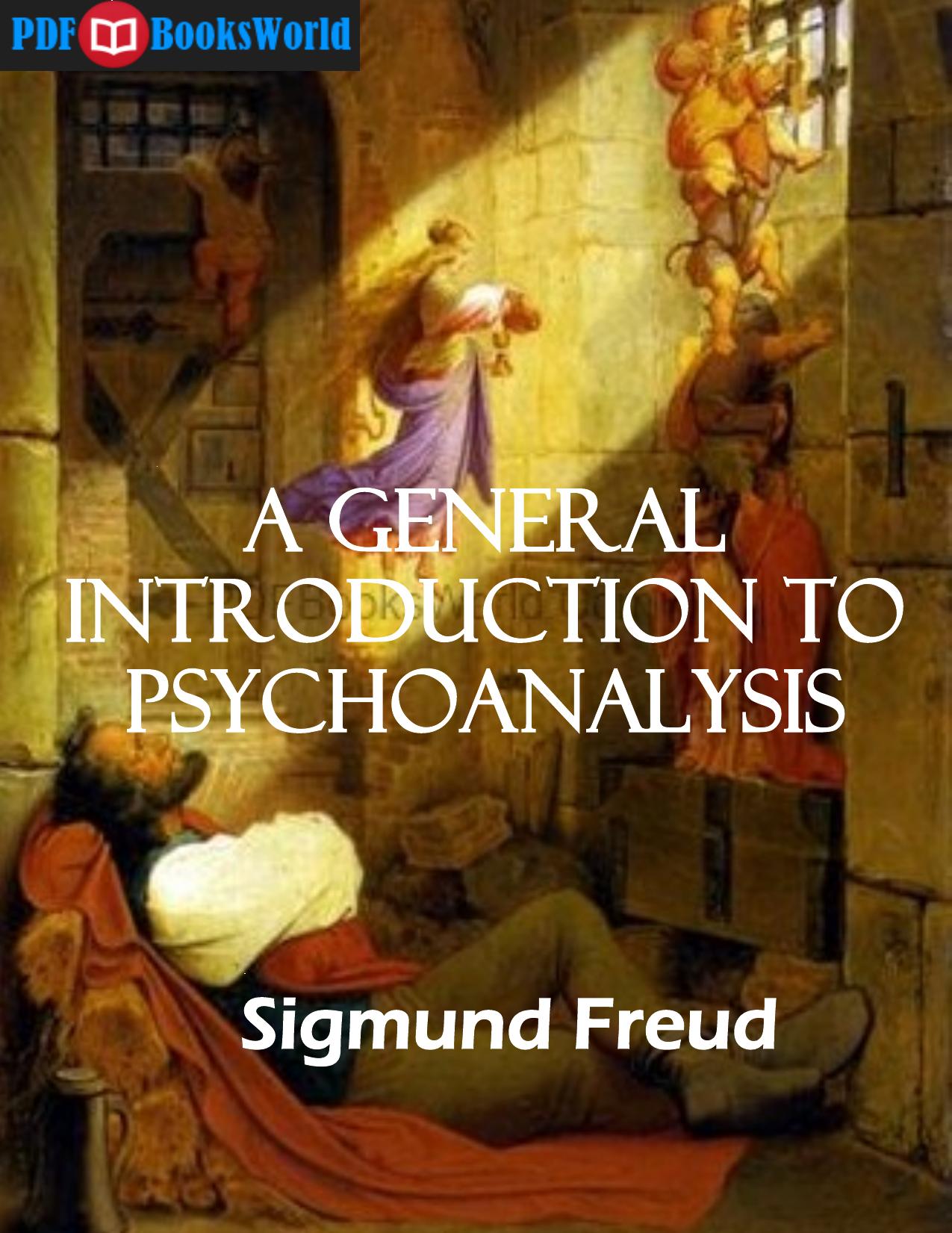A General Introduction to Psychoanalysis by Sigmund Freud

Author:Sigmund Freud [Freud, Sigmund]
Language: eng
Format: epub, pdf
Tags: Psychoanalysis
Published: 2011-12-03T16:00:00+00:00
SEVENTEENTH LECTURE
GENERAL THEORY OF THE NEUROSES
The Meaning of the Symptoms
IN the last lecture I explained to you that clinical psychiatry concerns itself very little with the form under which the symptoms appear or with the burden they carry, but that it is precisely here that psychoanalysis steps in and shows that the symptom carries a meaning and is connected with the experience of the patient. The meaning of neurotic symptoms was first discovered by J. Breuer in the study and felicitous cure of a case of hysteria which has since become famous (1880-82). It is true that P. Janet independently reached the same result; literary priority must in fact be accorded to the French scholar, since Breuer published his observations more than a decade later (1893-95) during his period of collaboration with me. On the whole it may be of small importance to us who is responsible for this discovery, for you know that every discovery is made more than once, that none is made all at once, and that success is not meted out according to deserts. America is not named after Columbus. Before Breuer and Janet, the great psychiatrist Leuret expressed the opinion that even for the deliria of the insane, if we only understood how to interpret them, a meaning could be found. I confess that for a considerable period of time I was willing to estimate very highly the credit due to P. Janet in the explanation of neurotic symptoms, because he saw in them the expression of subconscious ideas (idées inconscientes) with which the patients were obsessed. But since then Janet has expressed himself most conservatively, as though he wanted to confess that the term "subconscious" had been for him nothing more than a mode of speech, a shift, "une façon de parler," by the use of which he had nothing definite in mind. I now no longer understand Janet's discussions, but I believe that he has needlessly deprived himself of high credit.
The neurotic symptoms then have their meaning just like errors and the dream, and like these they are related to the lives of the persons in whom they appear. The importance of this insight into the nature of the symptom can best be brought home to you by way of examples. That it is borne out always and in all cases, I can only assert, not prove. He who gathers his own experience will be convinced of it. For certain reasons, however, I shall draw my instances not from hysteria, but from another fundamentally related and very curious neurosis concerning which I wish to say a few introductory words to you. This so-called compulsion neurosis is not so popular as the widely known hysteria; it is, if I may use the expression, not so noisily ostentatious, behaves more as a private concern of the patient, renounces bodily manifestations almost entirely and creates all its symptoms psychologically. Compulsion neurosis and hysteria are those forms of neurotic disease by the study of which psychoanalysis has been built up, and in whose treatment as well the therapy celebrates its triumphs.
Download
A General Introduction to Psychoanalysis by Sigmund Freud.pdf
This site does not store any files on its server. We only index and link to content provided by other sites. Please contact the content providers to delete copyright contents if any and email us, we'll remove relevant links or contents immediately.
The Art of Thinking Clearly by Rolf Dobelli(8901)
The 5 Love Languages: The Secret to Love That Lasts by Gary Chapman(8574)
Mindhunter: Inside the FBI's Elite Serial Crime Unit by John E. Douglas & Mark Olshaker(7875)
Becoming Supernatural by Dr. Joe Dispenza(7143)
The Road Less Traveled by M. Scott Peck(6672)
Nudge - Improving Decisions about Health, Wealth, and Happiness by Thaler Sunstein(6667)
Enlightenment Now: The Case for Reason, Science, Humanism, and Progress by Steven Pinker(6435)
Win Bigly by Scott Adams(6342)
Mastermind: How to Think Like Sherlock Holmes by Maria Konnikova(6278)
The Way of Zen by Alan W. Watts(5829)
Factfulness: Ten Reasons We're Wrong About the World – and Why Things Are Better Than You Think by Hans Rosling(4044)
The State of Affairs by Esther Perel(3965)
Gerald's Game by Stephen King(3946)
Man's Search for Meaning by Viktor Frankl(3676)
The Confidence Code by Katty Kay(3598)
Thinking in Bets by Annie Duke(3555)
The Worm at the Core by Sheldon Solomon(2947)
Enlightenment Now by Steven Pinker(2933)
Liar's Poker by Michael Lewis(2833)
